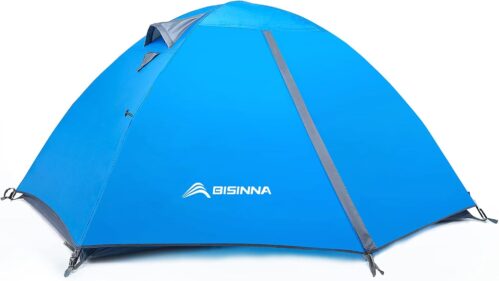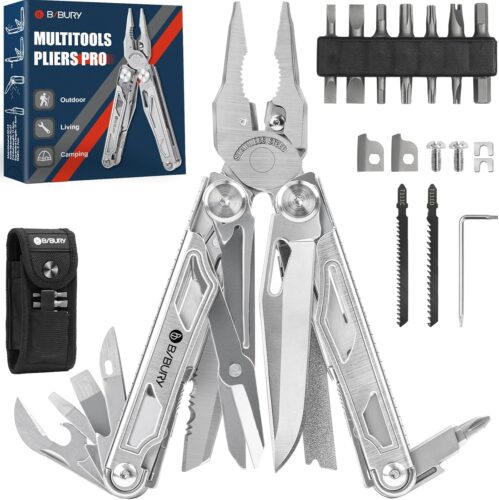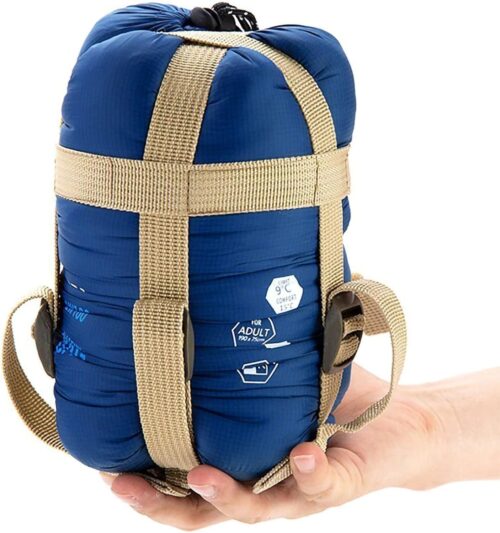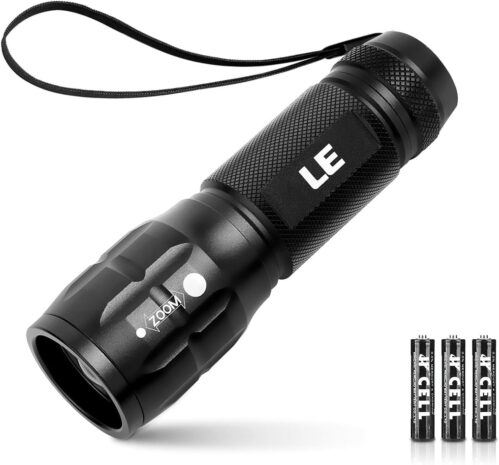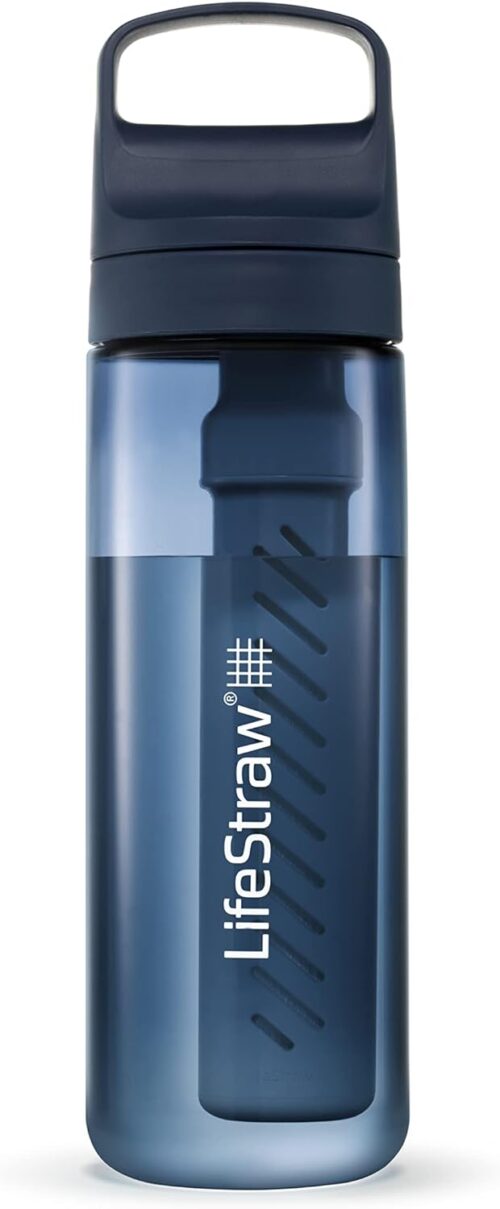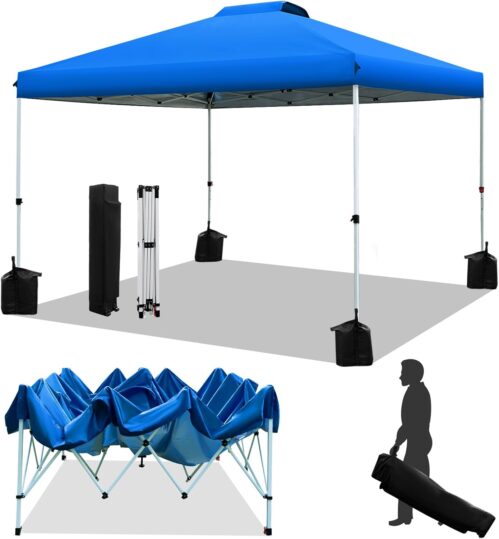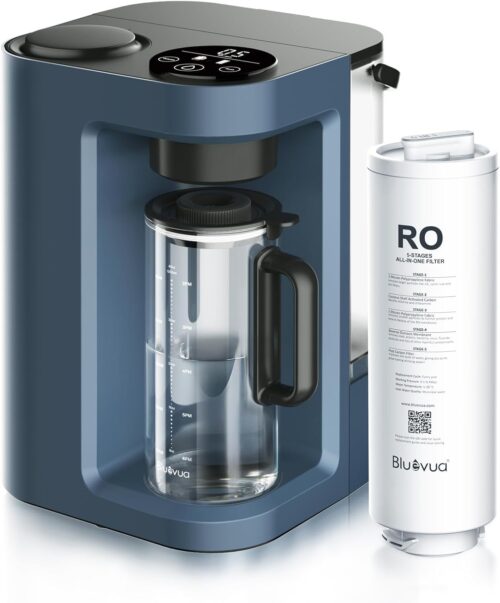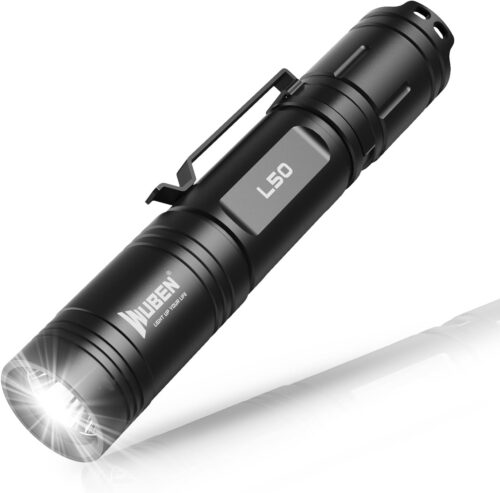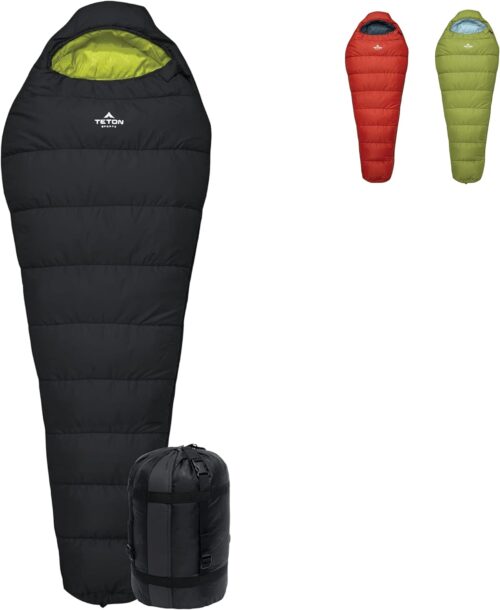
When embarking on winter RV camping adventures, ensuring your warmth and safety on the road is paramount. From insulating your RV to managing heating systems effectively, these steps are crucial for a cozy and secure journey. But what about unexpected winter challenges that may arise during your trip? Stay tuned to discover additional tips and tricks that will elevate your winter RV camping experience to the next level of comfort and peace of mind.
Winterizing Your RV
Have you prepared your RV for winter weather? Before hitting the road in colder temperatures, it’s crucial to winterize your RV to ensure everything runs smoothly.
Begin by checking your insulation and sealing any drafts to keep the cold air out. Inspect your windows and doors for any gaps that may let heat escape or cold air enter. Make sure your vents are properly sealed to prevent heat loss as well.
Next, don’t forget about your plumbing system. Drain all water tanks and lines to prevent freezing and potential damage. Consider adding antifreeze to your pipes for extra protection. Additionally, check your furnace and ensure it’s in good working condition before you need it most.
Lastly, inspect your tires to ensure they’re properly inflated and have enough tread for winter driving conditions. Consider investing in tire covers to protect them from the cold weather.
Insulating Your Living Space
To ensure maximum warmth and comfort during your winter RV camping trip, start by properly insulating your living space. Insulating your RV will help retain heat and prevent cold drafts from seeping in. Begin by checking for any drafts around windows, doors, and vents. Use weather stripping or caulking to seal any gaps or cracks. Consider adding thermal curtains or window insulating film to further reduce heat loss through windows.
Another essential step is to insulate the floors, walls, and ceiling of your RV. You can use foam boards, fiberglass insulation, or thermal blankets for this purpose. Pay special attention to areas where pipes or wiring enter your RV to prevent freezing. Additionally, placing rugs or carpets on the floors can help insulate and add extra warmth to your living space.
Don’t forget about insulating your RV’s water heater and pipes to prevent freezing. You can use pipe insulation or heating tape for this task. By properly insulating your living space, you’ll create a cozy environment where you can stay warm and comfortable throughout your winter RV camping adventure.
Managing Heating Systems
For optimal warmth and comfort during your winter RV camping trip, efficiently manage your heating systems. Start by checking your RV’s furnace to ensure it’s in good working condition before hitting the road. Set the thermostat to a comfortable temperature but be mindful of conserving energy to avoid running out of fuel. Consider using portable electric heaters as supplemental heat sources, but make sure to follow safety guidelines and never leave them unattended.
Maximize heat retention by closing off any unused areas of your RV and using thermal curtains to trap warmth inside. Utilize draft stoppers for doors and windows to prevent cold air from seeping in. Insulate your RV’s floors, walls, and ceilings to further reduce heat loss and maintain a cozy interior temperature.
Regularly monitor your propane levels if you rely on this fuel source for heating. Keep a backup supply on hand in case of unexpected shortages. Remember to ventilate your RV properly to prevent carbon monoxide buildup and ensure a safe environment for you and your fellow travelers. By effectively managing your heating systems, you can stay warm and snug throughout your winter RV adventure.
Safety Tips for Winter Conditions
To ensure your winter RV camping experience remains safe and enjoyable, prioritize implementing essential safety tips for navigating winter conditions.
Firstly, always check the weather forecast before hitting the road and plan your route accordingly to avoid severe winter storms.
Keep an emergency kit on board that includes items like blankets, non-perishable food, water, a flashlight, and a first aid kit to help you in case of unexpected situations.
Make sure your RV’s tires are in good condition and properly inflated to improve traction on icy roads. Consider installing tire chains for added grip in snowy or icy conditions.
Remember to drive at a safe speed and increase your following distance to allow for longer stopping distances on slippery roads.
Finally, inform someone of your travel plans and expected arrival time at your destination in case of any emergencies.
Adventure Gear

